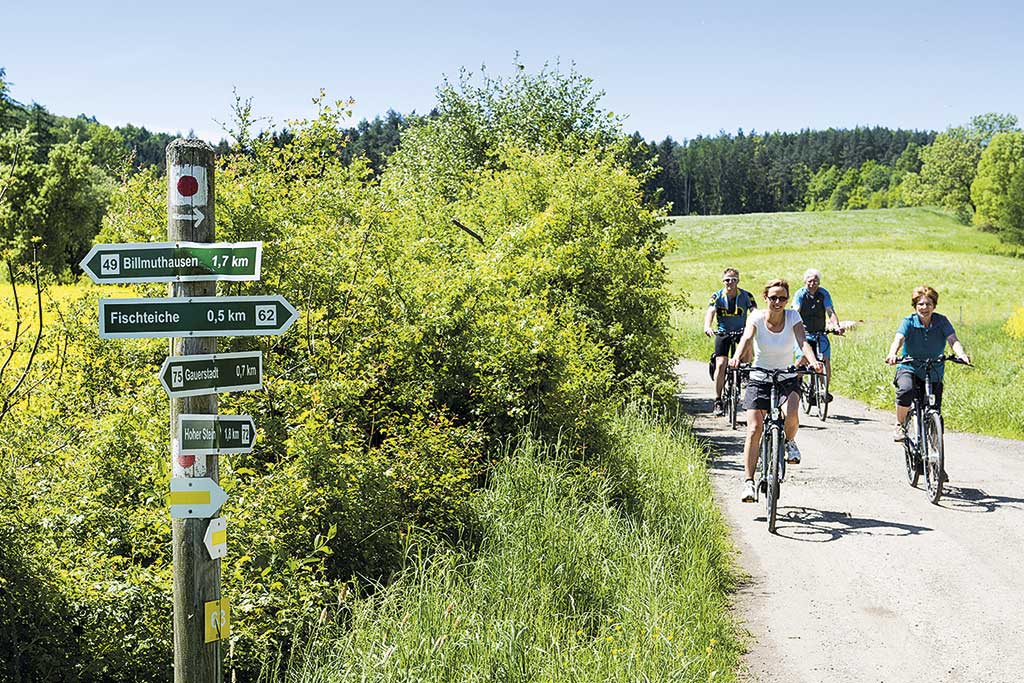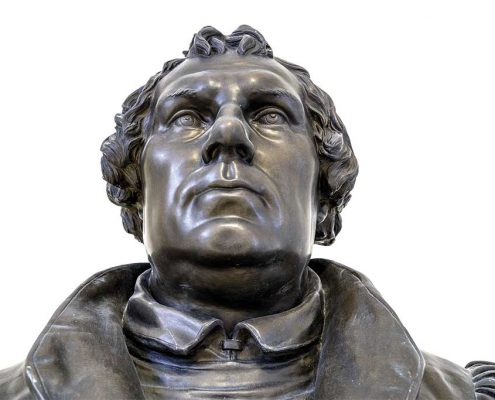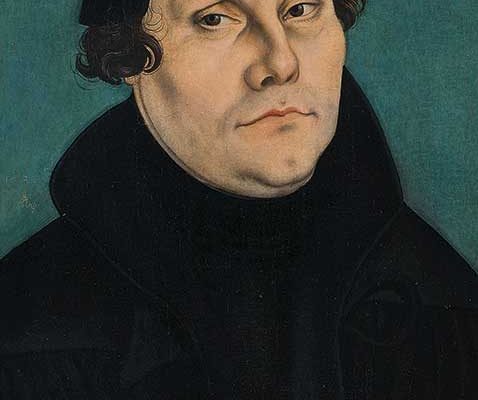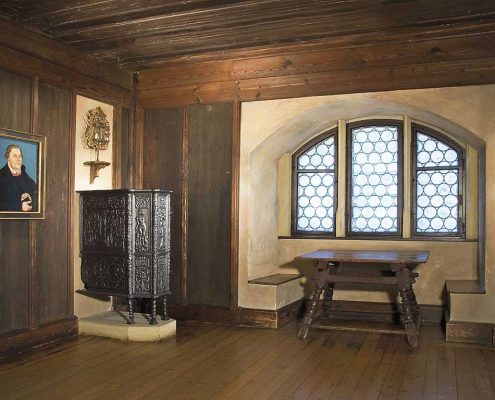Welcome to Rodachtal!
At the heart of Germany and Europe!
Borders mean nothing to the little river of Rodach. From its source in the Southern Thuringian district of Hildburghausen to its estuary in Itz, in Bavarian Franconia, it flows four times across the former border between the two German states.
Martin Luther crossed borders, too. He bravely transgressed traditional rules and his ideas swept aside religious, political and societal conventions. The Reformation shaped religion around the Rodachtal (Rodach Valley) early on. It’s worth following the large and small traces of this global event amid the gentle, rolling landscape of Heldburg and Coburg, on foot, as in Luther’s time, by bike for some exercise, or by car!









